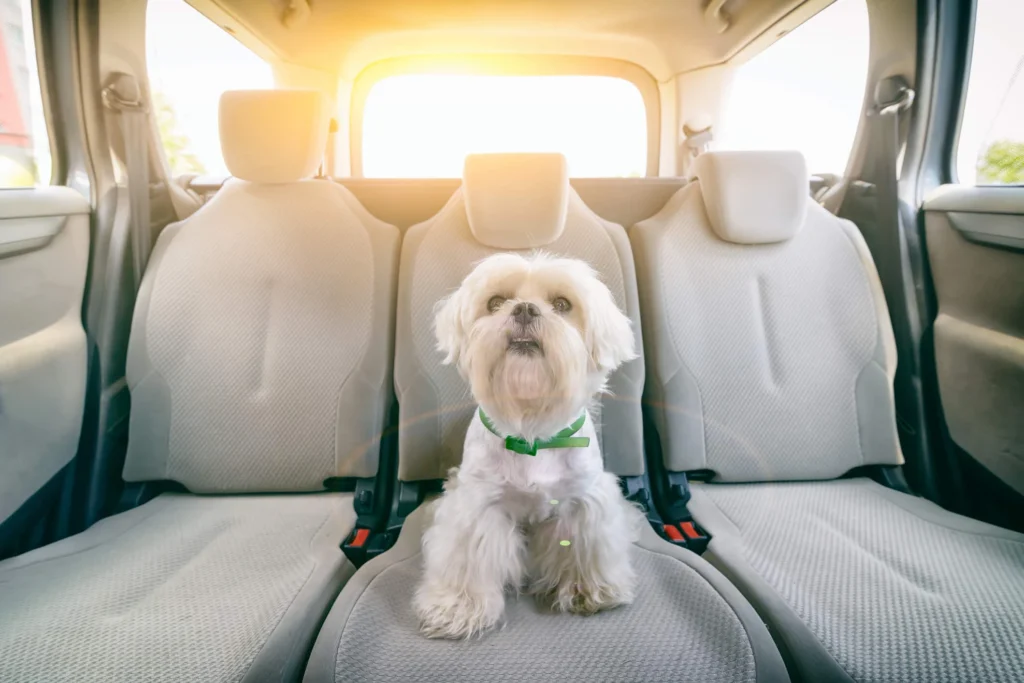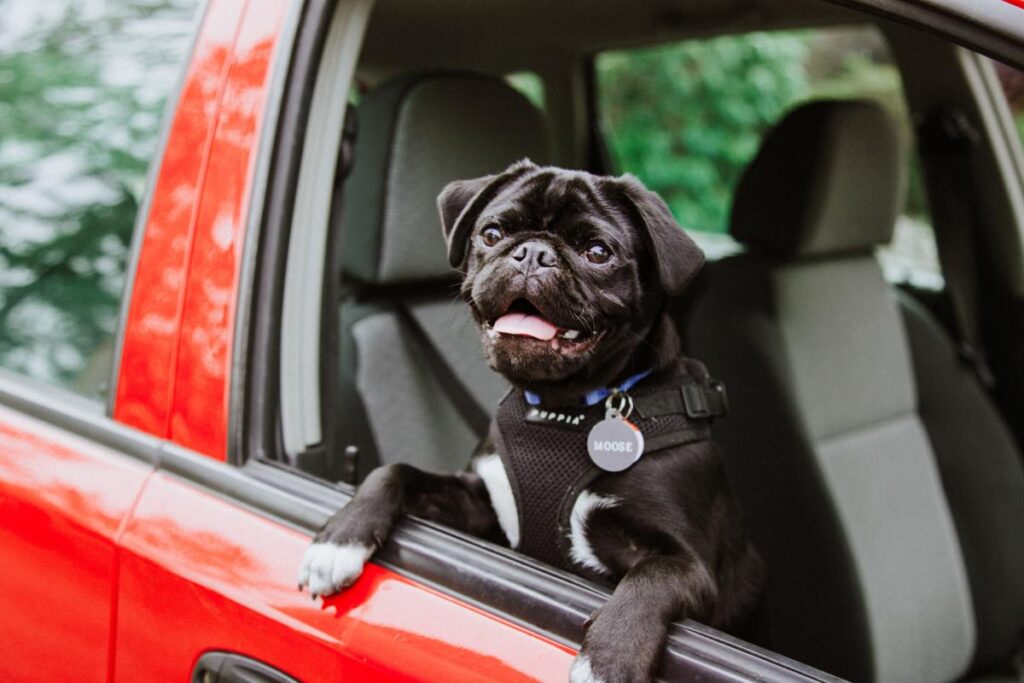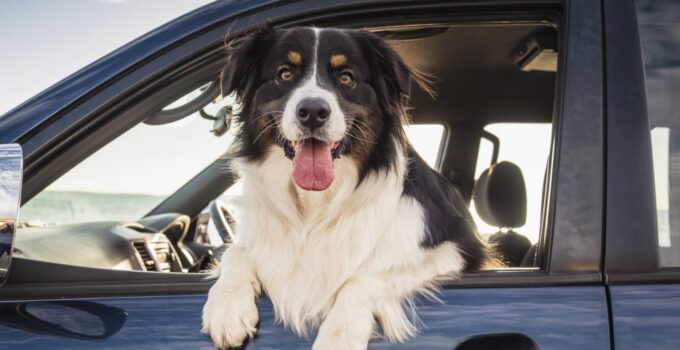Traveling with your pet can be so much fun. And some animals love car rides. You’ll see dogs with their heads hanging out the window, tongues lolling to the side. You may have even seen the occasional cat on a driver’s lap. However, some animals get seriously stressed when they get in the car. If that’s your case, follow these tips to lessen pet anxiety during travel.
1. Be Prepared
Often, you can improve a bad situation by planning and preparing. Know the common causes of pet anxiety during travel, so you can address them in advance. Typically, these causes are car motion, overstimulation of visuals, and a fear of the unknown. Once you know this, you can create a more comforting environment for your pet to address the problem.
Furthermore, on the day of a trip with your pet, you can take steps to prepare. Exercise your pet by taking your dog for a walk or playing with your cat. Also, don’t feed your pet for a few hours before traveling. If it’s a long drive, pack their cat chow or fresh dog food to feed them once you arrive. These practices will help keep your animal calm and your car clean for the entirety of your journey.
2. Condition and Reinforce

Source: blog.petwellbeing.com
You can also take longer-term measures to decrease or eliminate travel anxiety. Whether you have a younger or an older pet, you can begin to condition them well in advance of a trip. Take them to the car daily and give them treats and words of encouragement. Then, get them into the car, but don’t go anywhere. If you’ll be putting your animal in a crate, let them spend a few minutes a day inside it.
When you engage in these daily habits, you’re conditioning your animal to consider the car a safe space. When you offer words of encouragement and treats, you are reinforcing the behavior you want to see. Whenever you see signs of stress, you can take a break. Then, build back up slowly with a firm and positive approach. Eventually, you can take short trips around the block and then longer ones across and out of town.
3. Adjust the Visuals
This next tip requires you to pay close attention to how your pet behaves in the car. Make sure you bring a friend or family member with you so you can observe safely. Some animals love to see everything while in the car. Others are overstimulated by the activity outside the windows. You can tell which preference your animal has by the way they act around the windows when the car is moving.
If you have a pet that hides on the baseboards or whines when looking out the window, block their visuals. You can put them in a crate with no side views or secure their harness near the floorboards or on the seat below window level. If, in contrast, your animal gets excited to see outside, act accordingly. Make sure they have access to the windows, perhaps even rolling them down when possible. For smaller animals, you can provide a booster or large pillow so they can see outside.
4. Plan for Breaks
Regardless of which animal you have or how old they are, you should plan for breaks while traveling. If you’re just getting your pet familiar with outings, you can even take breaks during short drives. They don’t have to be long breaks. Simply stop the car and let the animal out into the fresh air. With a cat, maybe just stop the car and remove them from their crate for a bit.
For longer road trips, especially with dogs, build short walks into the itinerary. You can even get a harness for your cat for a long drive so they can get outside a bit. Have your stops and walking locations mapped out, so your animal can stretch their legs and relieve themselves. When you return to the car, use positive reinforcement to get them back in.

Source: pethelpful.com
5. Consider the Alternatives
Finally, if your pet just isn’t going for it, let that be okay. Sometimes animals just don’t want to travel. Some shelter dogs have a history of abuse that makes them more anxious in unpredictable situations. Older dogs can have equilibrium issues that make traveling uncomfortable. There’s nothing wrong with calling it quits.
You can find a pet sitter to come to your home, feed your animal, and take it for walks while you’re gone. Another option is to board your pet in a kennel, where they can socialize with other pets. With a pet sitter, your animal can stay in the comfort of your home. With a kennel, they’ll be monitored around the clock. Consider which option will be best for you and your pet and then choose accordingly.
In the end, the process and decisions you make will be highly personal. Pets, just like humans, are unique. Sure, they have many general similarities, but how they respond to different stimuli will be individual. Take your time and have patience, trusting that you will figure out the best approach. Happy travel for you and your pet may very well be in your near future.




